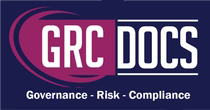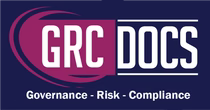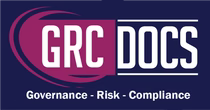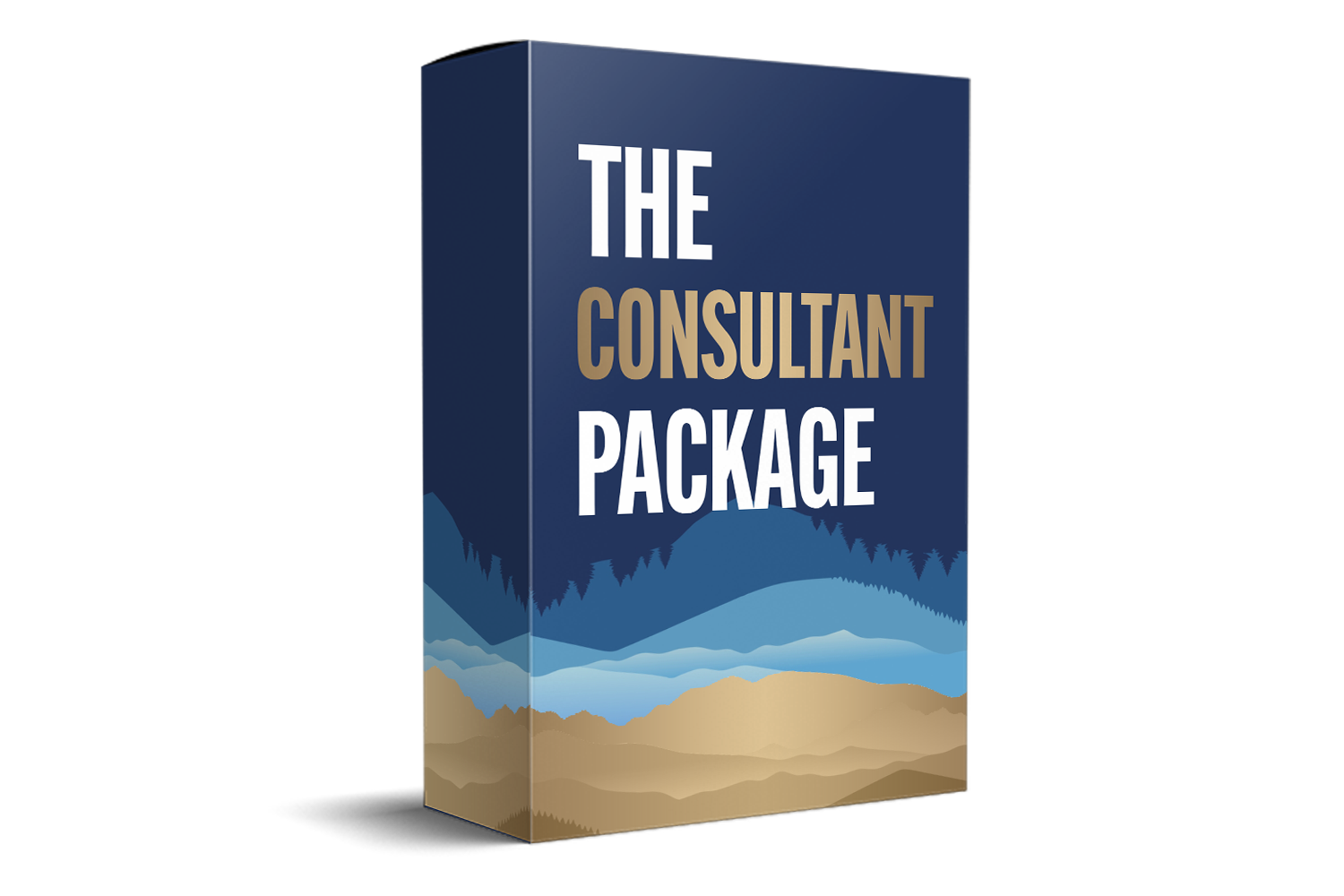What Is A SOC 2 Type 2 Report?
Introduction
A SOC 2 (Service Organization Control 2) report is a type of report that provides assurance on the security, availability, processing integrity, confidentiality, and privacy of a service organization's system. It is a widely recognized report that is often requested by customers, vendors, and other stakeholders as evidence that the service organization has implemented effective controls to protect their sensitive data.

The SOC 2 report is based on the Trust Services Criteria (TSC) established by the American Institute of Certified Public Accountants (AICPA). The TSC are a set of principles and criteria that service organizations must follow to demonstrate that they have adequate controls in place to meet their customers' needs.
Types Of SOC 2 Reports
These reports are designed to provide detailed information on the effectiveness of a service organization's systems and the measures taken to protect customer information. There are two distinct types of SOC 2 reports, each serving different purposes and audiences.
-
SOC 2 Type I Report: A SOC 2 Type I report assesses the design and implementation of controls at a specific point in time. It provides an evaluation of how these controls are set up and whether they are suitably designed to meet the trust service criteria. This report is particularly useful for organizations that are new to SOC 2 compliance and wish to establish a baseline for their controls. It offers stakeholders a snapshot of the control systems without delving into their operational effectiveness over a time period.
- SOC 2 Type II Report: In contrast, a SOC 2 Type II report evaluates the operational effectiveness of those controls over a defined period, typically between six months to a year. This report offers a comprehensive look at how well a service organization has maintained its controls during that timeframe, thereby providing stakeholders with crucial insights into the reliability and resilience of the organization's processes. The Type II report is often favoured by clients who need a deeper understanding of the organization's controls and their consistent application. And audit cost would be approximately $7,000 to $50,000 USD. This cost also varies based on the scale of organization.
Who Needs A SOC 2 Report?
Service organizations that handle sensitive data or provide services to clients that require assurance of security, availability, processing integrity, confidentiality, and privacy of their data often need a SOC 2 report. This may include:
- Cloud service providers (CSPs) that provide Infrastructure as a Service (IaaS), Platform as a Service (PaaS), or Software as a Service (SaaS) solutions.
- Data centers that provide colocation, hosting, and other IT services.
- Managed service providers (MSPs) that provide managed IT services to their clients.
- Software as a Service (SaaS) providers that handle customer data. As information security becomes a key factor for SaaS companies, obtaining SOC 2 reports would significantly increase the credibility of their business.
- Health care providers, insurance companies, and other entities that handle sensitive personal or medical information.
- Financial institutions, such as banks, credit unions, and investment firms.
- Payment processors, such as credit card processors.
- Any organization that needs to demonstrate the effectiveness of their controls to customers, vendors, or regulators.
This report provides assurance that the service organization has adequate controls in place to protect sensitive data and ensure the availability, processing integrity, confidentiality, and privacy of the data. This can help service organizations attract and retain customers who require a high level of security and assurance.
Why Is SOC 2 Report Needed?
-
Builds Customer Trust: Demonstrates that your organization takes data security, privacy, and compliance seriously — reassuring clients that their data is safe.
-
Meets Vendor And Partner Requirements: Many organizations now require SOC 2 compliance from their vendors before sharing sensitive information or signing contracts.
-
Ensures Strong Security Controls: Helps assess, monitor, and improve internal controls related to data security, availability, processing integrity, confidentiality, and privacy.
-
Supports Regulatory And Compliance Goals: Aligns with global standards such as GDPR, ISO 27001, and NIST, helping meet multiple compliance obligations efficiently.
-
Provides a Competitive Advantage: This report differentiates your business in the market by showcasing verified security and reliability to potential clients.
-
Reduces Risk Of Data Breaches: Encourages continuous monitoring and improvement of security practices, minimizing the likelihood of security incidents.
-
Enhances Operational Efficiency: The process of preparing for SOC 2 often leads to better documentation, streamlined processes, and improved internal governance.
- Facilitates Business Growth: Opens opportunities for partnerships with large enterprises and regulated industries that demand third-party security validation.
Choosing The Right SOC 2 Report
- Type I Report: This assessment focuses on the design of your system at a specific point in time. It evaluates whether your security controls are suitably designed to meet the Trust Services Criteria.
- Type II Report: This report offers a more in-depth analysis over a specified period, generally ranging from six months to a year. It assesses not just the design but also the operating effectiveness of the controls.
2. Identify Trust Services Criteria (TSC) Applicable To Your Business: SOC 2 reports are based on the Trust Services Criteria, which include Security, Availability, Processing Integrity, Confidentiality, and Privacy. Depending on your organization’s services and client requirements, prioritize which criteria are essential.
- Security: Generally considered the baseline criterion; involves protecting system resources from unauthorized access.
- Availability & Performance: Relevant for organizations that provide services on a continuous basis.
4. Look For Qualified Auditors: The reliability of your reports heavily depends on the qualifications and reputation of the auditing firm. Research auditors that specialize in SOC audits and have a good standing in the market.
- Verify Credentials: Check for certifications, experience, and industry-specific expertise.
- Read Reviews: Look for testimonials or case studies that illustrate the auditor’s competence and reliability.
Common Pitfalls and Audit Readiness Mistakes in SOC 2 Type 2 Assessments
A SOC 2 Type 2 assessment measures how effectively an organization’s internal controls operate over an extended period — often six to twelve months. Because this audit covers real-world performance, it can easily expose operational weaknesses, documentation gaps, and process inconsistencies. Below are the most common pitfalls companies encounter and proven strategies to overcome them.
1. Incomplete or Disorganized Evidence CollectionPitfall:
Many organizations fail to gather complete, verifiable evidence for all controls throughout the audit period. Evidence is often stored across different tools or departments, leading to inconsistencies and delays during the audit.
Example: Missing access logs, incomplete incident reports, or outdated screenshots from early in the audit window.
How to Avoid It:
-
Use automated evidence collection tools or trust management platforms (e.g., Drata, Vanta, Tugboat Logic) to continuously capture control data.
-
Establish a central repository for audit evidence accessible to both compliance and technical teams.
-
Conduct quarterly readiness checks to ensure all required evidence is collected and properly timestamped.
Pitfall:
Controls are often assigned vaguely across teams, leading to confusion over who is responsible for maintaining documentation, performing reviews, or implementing remediation.
Example: The IT team assumes HR is managing user access reviews, while HR assumes IT is — resulting in missed reviews and failed audit points.
How to Avoid It:
-
Assign clear control ownership using a responsibility matrix (e.g., RACI model).
-
Include control responsibilities in job descriptions or team SOPs.
-
Conduct periodic control owner briefings to align understanding and ensure accountability.
Pitfall:
Some organizations treat SOC 2 compliance as a once-a-year event rather than a continuous process. As a result, they only start preparing shortly before the audit window closes — causing rushed evidence gathering and overlooked control failures.
How to Avoid It:
-
Adopt a “compliance-by-design” approach where controls are embedded in daily workflows.
-
Implement continuous monitoring to detect deviations or failures in real time.
-
Review control metrics monthly or quarterly instead of annually.
Pitfall:
Policies and procedures often become outdated or misaligned with current operations, cloud environments, or regulatory expectations. Auditors may find discrepancies between documented policies and what actually happens in practice.
Example: A data retention policy stating backups are stored for 90 days, while the current process keeps them for only 30.
How to Avoid It:
-
Schedule annual policy reviews and align documents with actual processes.
-
Version-control all compliance documents and track approval dates.
-
Involve both IT and compliance leaders when revising or approving new policies.
Pitfall:
Vendors often have access to sensitive data or infrastructure, yet organizations fail to assess or document their controls properly. This oversight can lead to audit findings or trust service failures.
How to Avoid It:
-
Maintain a vendor inventory with documented risk assessments and SOC 2 reports for critical suppliers.
-
Require key vendors to provide their own SOC 2 Type 2 or ISO certifications.
-
Integrate vendor risk management into your SOC 2 control environment.
Pitfall:
Even if security incidents are handled correctly, they may not be properly documented. Missing timelines, root-cause analyses, or post-incident actions can weaken the audit record.
How to Avoid It:
-
Standardize incident response templates for consistent documentation.
-
Conduct post-incident reviews to identify and track remediation.
-
Store all incident reports securely and link them to relevant SOC 2 controls (e.g., security monitoring, change management).
Pitfall:
Organizations often enter a SOC 2 Type 2 audit without conducting internal readiness assessments, leading to unexpected findings or failed controls during the actual audit.
How to Avoid It:
-
Conduct a mock audit or readiness assessment 2–3 months before the official audit.
-
Engage external advisors or auditors early to identify control weaknesses.
-
Use readiness results to fine-tune evidence collection, remediation, and team training.
8. Neglecting Communication and Training
Pitfall:
Teams may not fully understand the purpose of SOC 2 or the importance of their role in maintaining control effectiveness. This leads to unintentional gaps, such as skipping security reviews or mishandling customer data.
How to Avoid It:
-
Run awareness training for employees on SOC 2 requirements and responsibilities.
-
Communicate upcoming audit timelines and expectations across departments.
-
Create checklists for teams involved in control execution (e.g., HR, IT, DevOps).
Conclusion
A SOC 2 report is a critical assessment of a service organization's controls related to security, availability, processing integrity, confidentiality, and privacy. This report provides valuable information to customers and stakeholders about the effectiveness of the organization's internal controls. To learn more about what a SOC 2 report entails and how it can benefit your organization, contact us today for a consultation.





